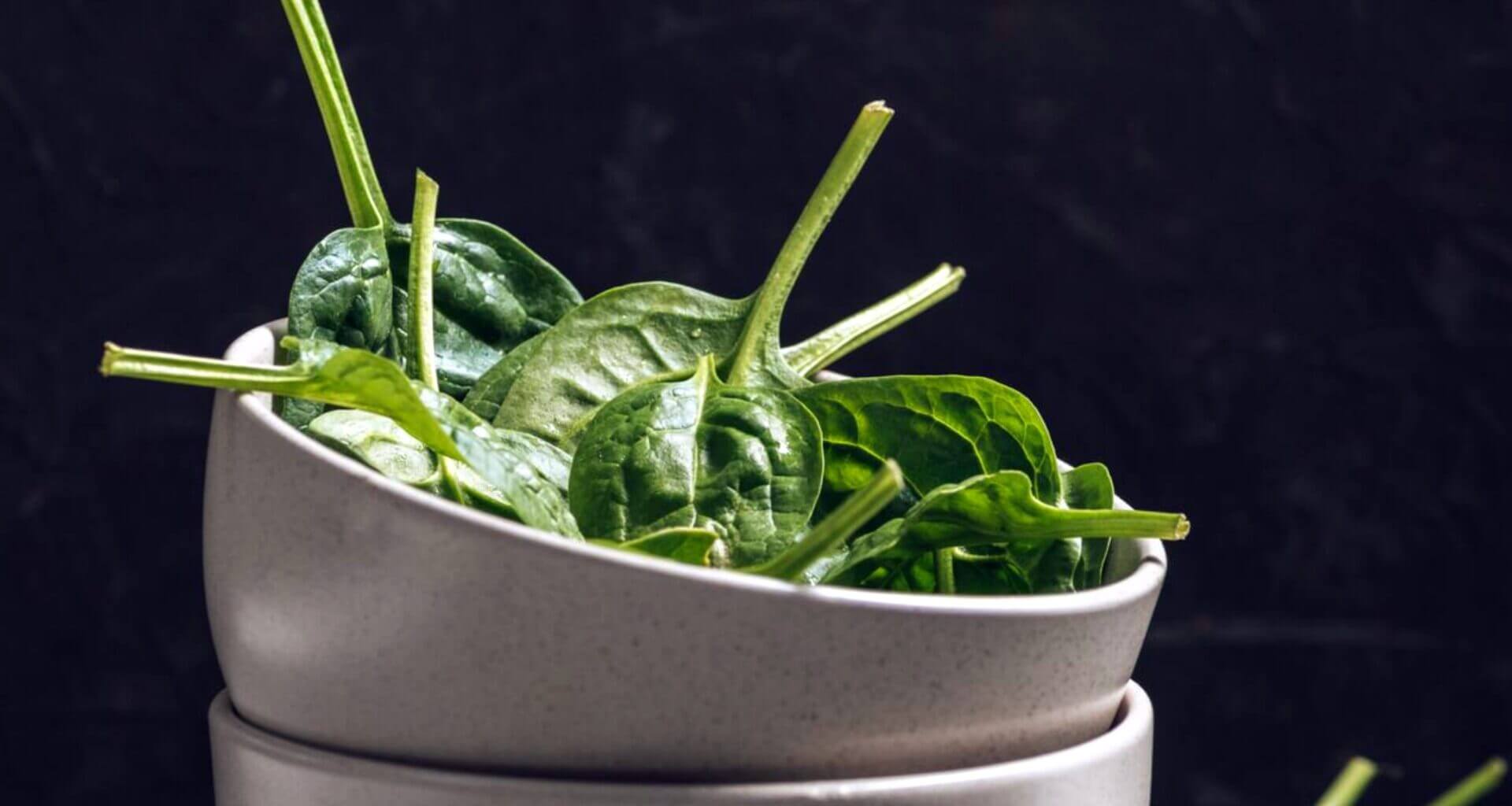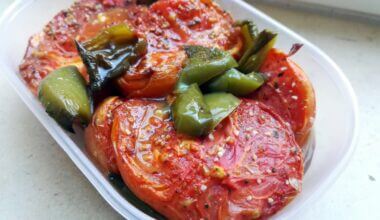There’s nothing simpler than cooking vegetables, just throw them in water and you’re done, right? Well, not quite! While cooking vegetables might seem straightforward, getting the timing just right makes all the difference between perfectly tender, flavourful vegetables that retain their nutrients and color, and mushy, overcooked disappointments.
Here’s the thing…. when you cook any vegetable, you’re inevitably losing some nutrients to the cooking water. That’s why timing is everything, the less time your veggies spend cooking, the better they’ll taste and the more nutrition they’ll retain. But don’t worry, I’ve got you covered with a comprehensive guide that takes all the guesswork out of vegetable cooking times.
Whether you’re steaming, boiling, pressure cooking, roasting, or even microwaving, this guide will help you achieve perfectly cooked vegetables every single time. No more wondering if that broccoli is done or if those carrots need another few minutes! Lets check it out!
Complete Vegetable Cooking Time Chart
| Vegetable | Boiling (minutes) | Steaming (minutes) | Pressure Cooking (minutes) | Oven Roasting (minutes) | Microwave (minutes) |
|---|---|---|---|---|---|
| Artichoke | 20-30 | * | 10-12 | * | 5-7 |
| Asparagus | 6-8 | 6-8 | 2 | 10-12 | 8-10 |
| Beets | 20-30 | 45-50 | 15-25 | 35-40 | * |
| Bell Peppers | 4-6 | * | * | 15-20 | 3-4 |
| Broccoli | 4-6 | 10-12 | 2 | 6-8 | * |
| Brussels Sprouts | 8-12 | 8-12 | 10-15 | 12-15 | 5-6 |
| Butternut Squash | 10-15 | 10-15 | 8-12 | 40 | 5-8 |
| Cabbage | 10-20 | * | 5 | * | * |
| Carrots | 7-10 | 8-12 | 3-5 | 25-30 | 5-9 |
| Cauliflower | 8-12 | 8-12 | 4-10 | 15-20 | 8-10 |
| Celery | 10-15 | 10-15 | 5-8 | 20-25 | 6-8 |
| Corn on the Cob | 5-7 | 5-7 | 4 | * | 2-4 |
| Eggplant | 5-8 | 5-7 | * | 15-20 | 7-9 |
| Fava Beans | 15-20 | * | * | * | * |
| Green Beans | 6-8 | 10-12 | 1-3 | * | 8-10 |
| Kale | 3-5 | 3-5 | 1-2 | 8-12 | 2-3 |
| Leeks | 10-12 | 10-12 | 8-10 | 12-15 | 4-5 |
| Mushrooms | * | * | * | 5-10 | 4-6 |
| Okra | 8-10 | 6-8 | 5-8 | 10-15 | 7-9 |
| Onions | 15-20 | 15-20 | * | 30-40 | 7-9 |
| Parsnips | 9-15 | 9-15 | 6-12 | 25-30 | 5-6 |
| Peas (fresh) | 4-5 | 6-7 | * | * | 6-7 |
| Potatoes (regular) | 15-20 | 18-22 | * | 40-45 | 8-12 |
| Potatoes (new/small) | 15-20 | 18-22 | * | 25-30 | 9-11 |
| Radishes | 8-12 | 8-10 | 3-5 | 15-20 | 4-6 |
| Spinach | * | 5-8 | * | * | 4-6 |
| Sweet Potatoes | 15-20 | 18-22 | 10-15 | 40-45 | 9-11 |
| Swiss Chard | 3-5 | 5-7 | 1-2 | * | 3-4 |
| Tomatoes | 5-10 | 10 | * | 25-45 | 2-3 |
| Turnips | 20-25 | 15-20 | 11-16 | 30-35 | 6-8 |
| Zucchini | 5-10 | 5-7 | * | * | 4-6 |
- Not Recommended – Some vegetables don’t handle high temperatures well or don’t cook properly with certain methods.
Remember, these times are guidelines based on average-sized pieces and standard equipment. Your stove might run hotter, your vegetables might be larger or smaller than average, so always use these times as your starting point and adjust based on your preferences and equipment. When in doubt, taste and adjust, that’s what good cooks do!
Essential Cooking Vegetables Tips
- Always wash your vegetables thoroughly – I know, I know, everything comes pre-washed these days, but trust me on this one. It doesn’t hurt to give them another rinse and make sure they’re really clean. Some vegetables like leeks or cabbage can hide dirt or debris between their inner leaves, so a good wash is always worth it.
- Size matters when it comes to cutting – Small pieces cook faster than large ones (obviously!), but here’s the trick: pieces that are too small can overcook quickly and lose their fresh texture, turning mushy. The sweet spot is cutting everything into similar-sized pieces so they all finish cooking at the same time. And here’s a pro tip: cut your vegetables close to cooking time. Cutting them too far in advance can lead to oxidation and nutrient loss.
- Start with boiling water – Always add your vegetables to water that’s already boiling rather than letting them heat up with the water. This way, they’ll cook faster and more evenly. Use plenty of water too, when you add the vegetables, you don’t want the water temperature to drop too much.
- Don’t forget the salt! – A little salt does double duty, it raises the boiling point of water (making it hotter and helping things cook faster), and it enhances the natural flavors of your vegetables. It’s a simple step that makes a big difference.
- Trust your taste buds – While this timing chart is your reliable guide, there’s no substitute for actually tasting a piece to check if it’s done to your liking. Every stove is different, every vegetable varies in size and freshness, so use these times as your baseline and adjust as needed.
- For Pressure Cooking Enthusiasts – Don’t think pressure cookers are just for complex dishes or big pieces of meat! You can cook potatoes without adding any water and season them right in the pot, they come out perfectly done. While it might not always be simpler (sometimes sautéing onions, garlic, and spinach in a pan is easier and tastier than steaming), pressure cookers are incredibly versatile tools.
- Altitude Adjustments – If you live at high altitude, you may need to increase cooking times slightly due to lower air pressure affecting boiling points.
- Frozen Vegetables – Add 2-3 minutes to the boiling times for frozen vegetables. No need to thaw them first, just add directly to boiling water.
- Color is Your Friend – Properly cooked vegetables should maintain their vibrant colors. If they start looking dull or gray, they’re probably overcooked.
- Ice Bath Trick – For vegetables you’re serving cold or want to stop cooking immediately, plunge them into an ice water bath right after cooking. This stops the cooking process and helps them retain their bright color and crisp texture.
- Microwave Tips – When microwaving vegetables, add just a tablespoon or two of water, cover tightly, and pierce any vegetables with skins (like potatoes) to prevent them from exploding.
- Storage After Cooking – Cooked vegetables are best eaten immediately, but if you need to store them, cool them quickly and refrigerate within 2 hours. They’ll keep for 3-4 days in the fridge.
And we are done! Happy cooking, and don’t forget to have fun with it! 😉








